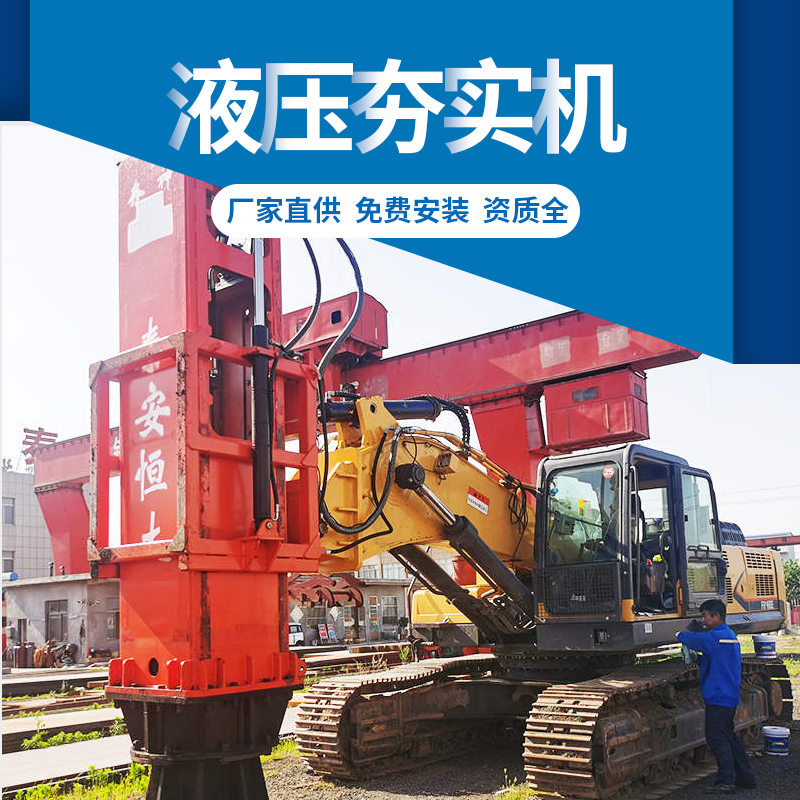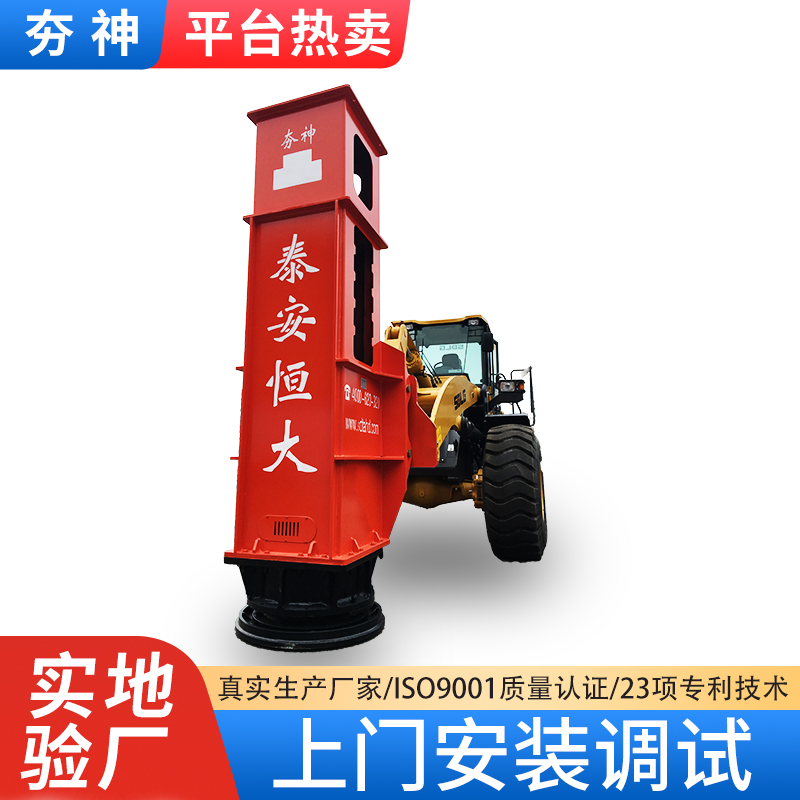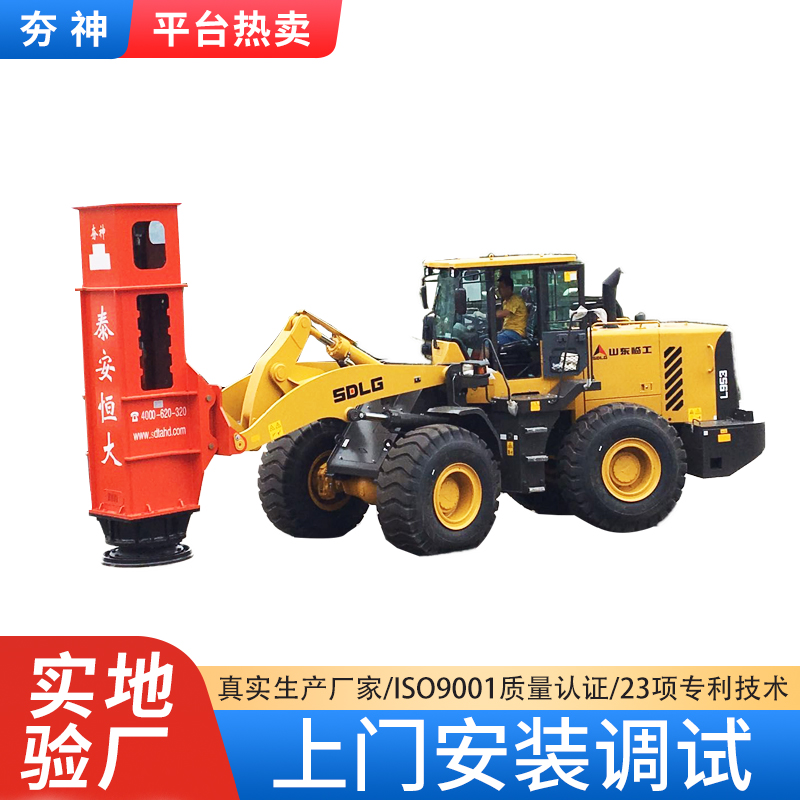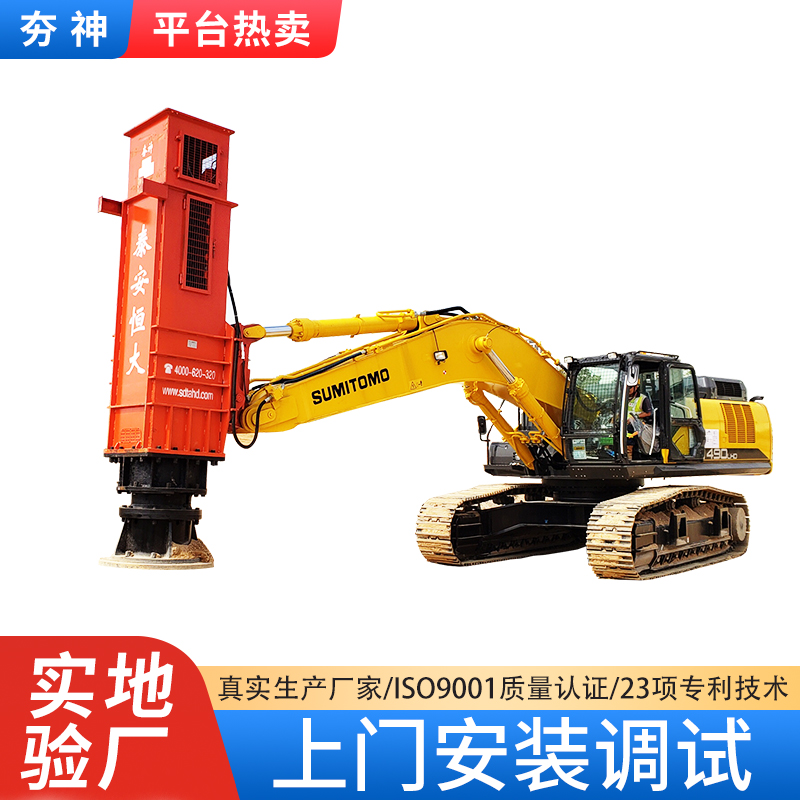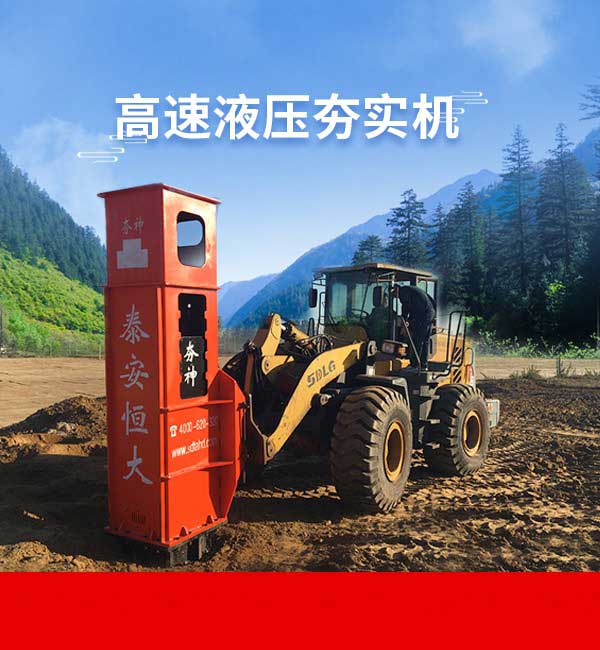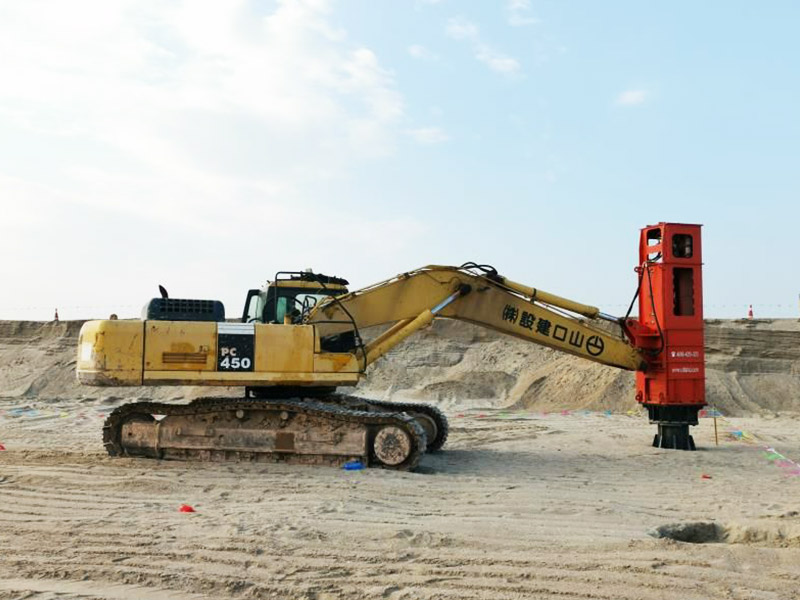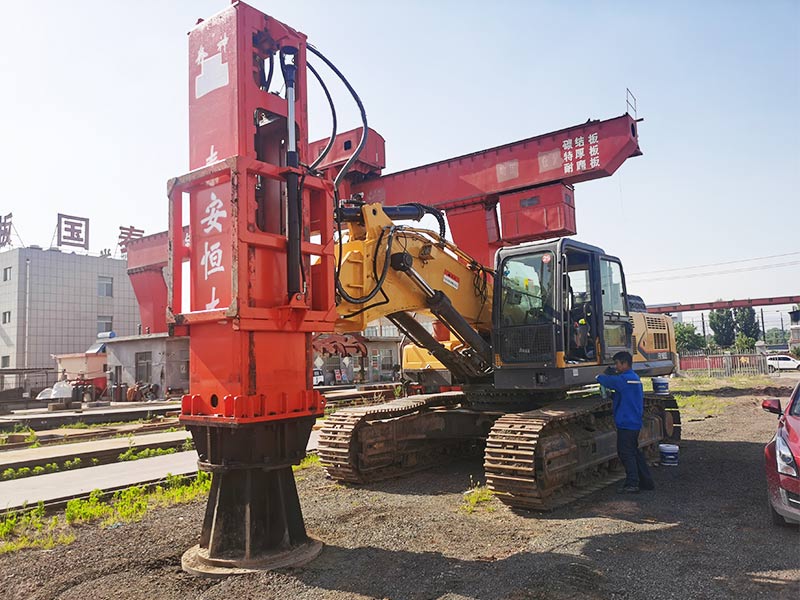Static compaction gives higher value in density of soil and CBR values. The static compaction onto Soil A specimen has given the value of MDD= 1.86 Mg/m3, and the CBR value was 22.62%. Whereas, the dynamic compaction applied onto Soil A specimen has given the value of MDD= 1.74 Mg/m3, and the CBR value was 20.14%.
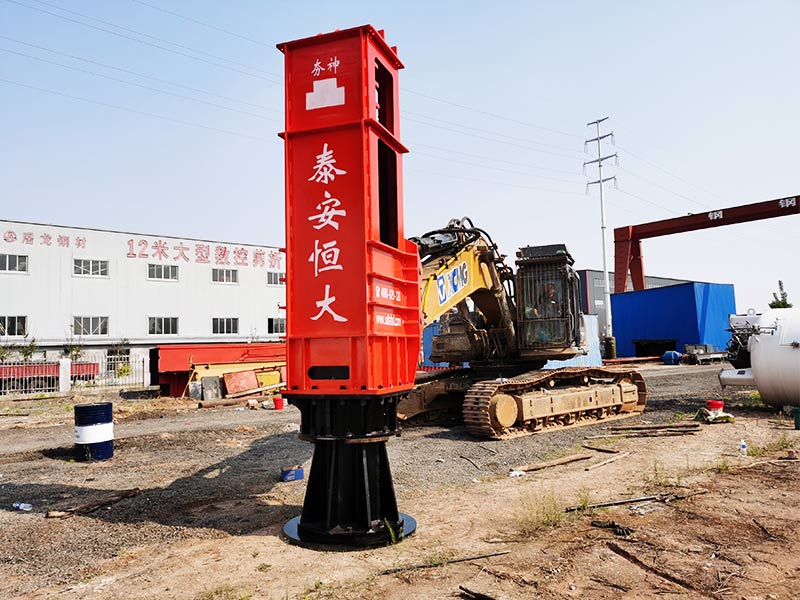
Numerous developments of the last decades provide a broad range of near-surface compaction technologies (such as static and dynamic rollers) and deep compaction techniques (such as deep vibro-compaction, vibro-flotation and deep vibroreplacement, heavy tamping). However, until recently no device was available for middle-deep compaction. The lately introduced Rapid Impact Compactor (RIC) aims at closing the gap between the surface compaction methods and the deep compaction methods, and permitting a middle-deep improvement of the ground up to a depth of 4 to 10 m.
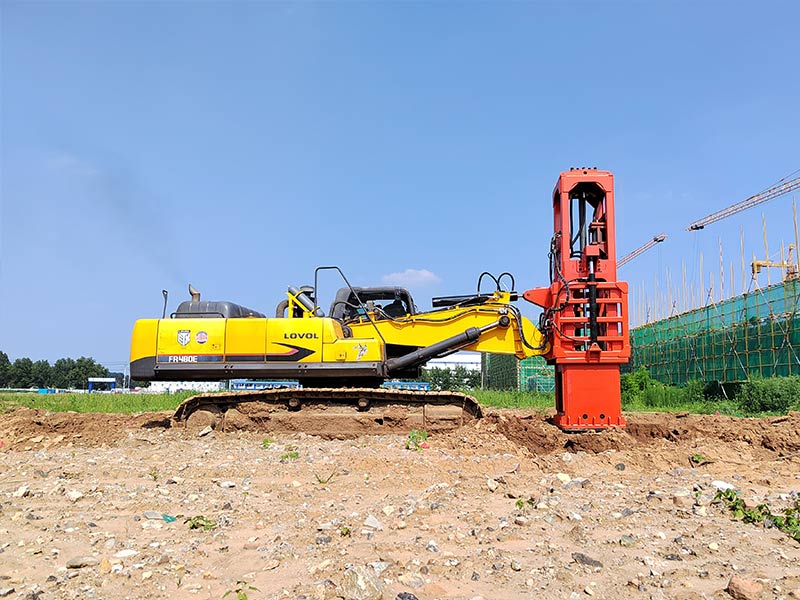
The compaction effect of the Rapid Impact Compactor is characterized by pulse-shaped loading of the ground and is achieved by a specific number of blows. The ground to be improved is both compacted and displaced depending on the soil type, thus, causing plastic deformations in the near-field while elastic waves are generated in the far-field. The nature of vibration excitation (transient or periodic) is one of the limiting factors for the allowable impact on buildings and human beings and has to be taken into account for the assessment of standardized limit values.
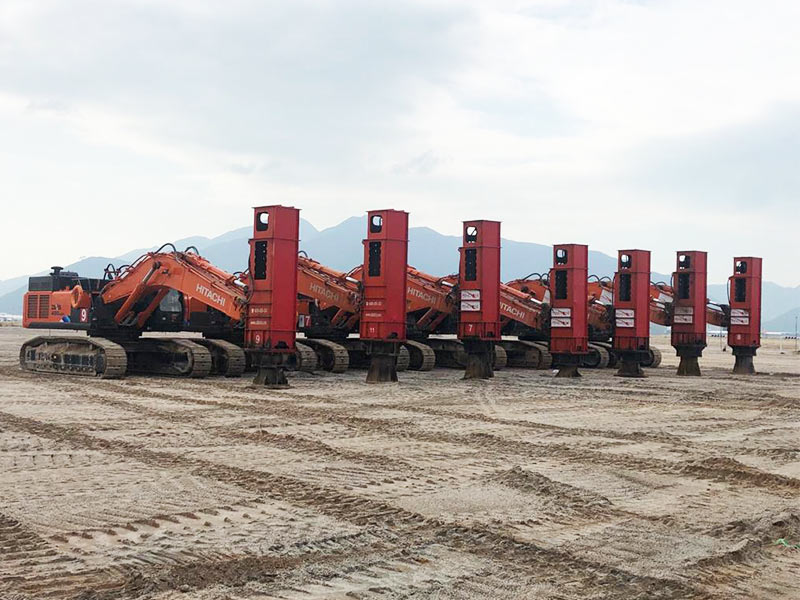
The latest generation HC models in the RIC range are available with drop weights of 5t, 7t, 10t and, more recently, a 16t version has been introduced. Treatment is effective in top layers typically down to 6m depth. The latest HC model, complete with a 10t drop weight, is fitted with a new sound attenuation pack which has been designed by Hangshen to significantly reduce the noise level produced by the compactor when in operation.
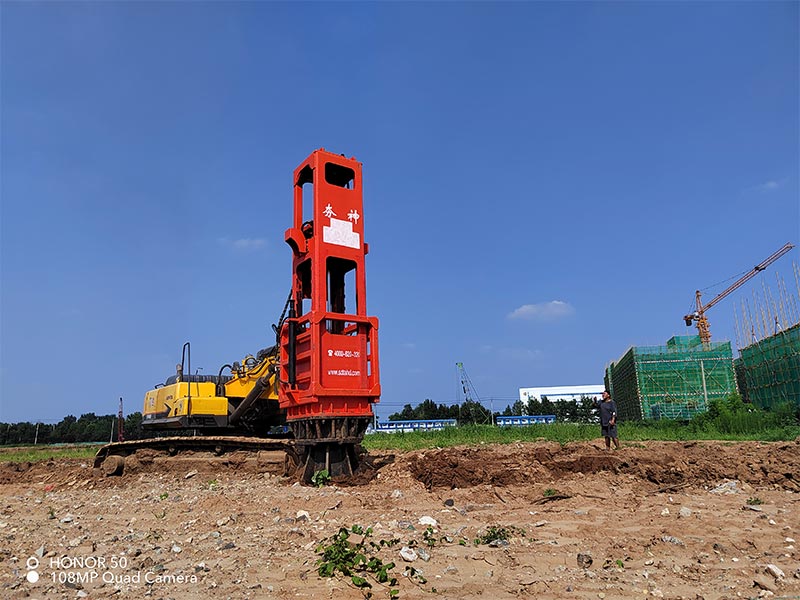
Most granular fills and some silts are compactable, The best results being achieved where the fill is well-graded particle size. An area of 800m² -16000m² can be covered in an average day (depending on the ‘blow-perposition’ setting.) This also allows time for routine maintenance and rotation of the special dolley pads located in the foot assembly which transfers the force of the blow through to the ground.
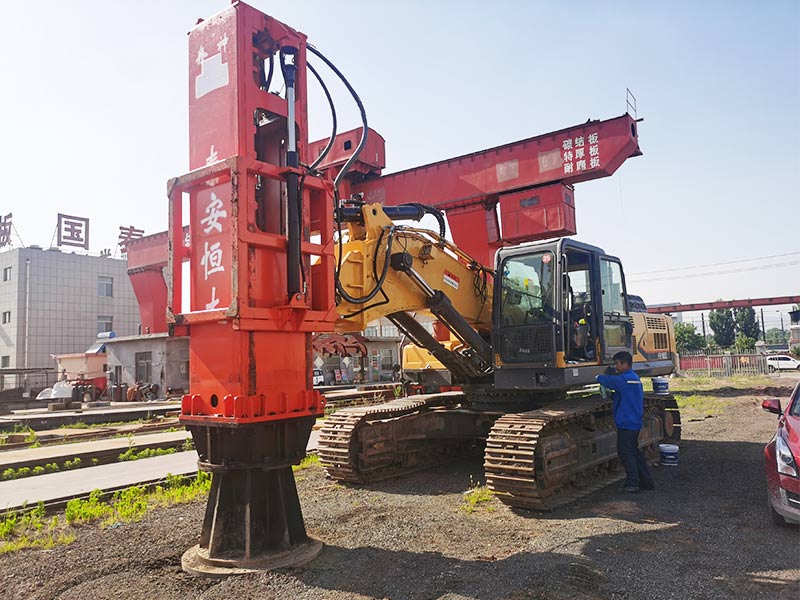
RIC increases the stiffness and shear strength of soils through the use of impact compaction effort. Specific benefits include:
Increases Standard Penetration Resistance – the standard penetration resistance (N-Values) of loose granular soil can increase significantly. In developing an RIC specification for a project the minimum target blow count for the performance required should be specified.
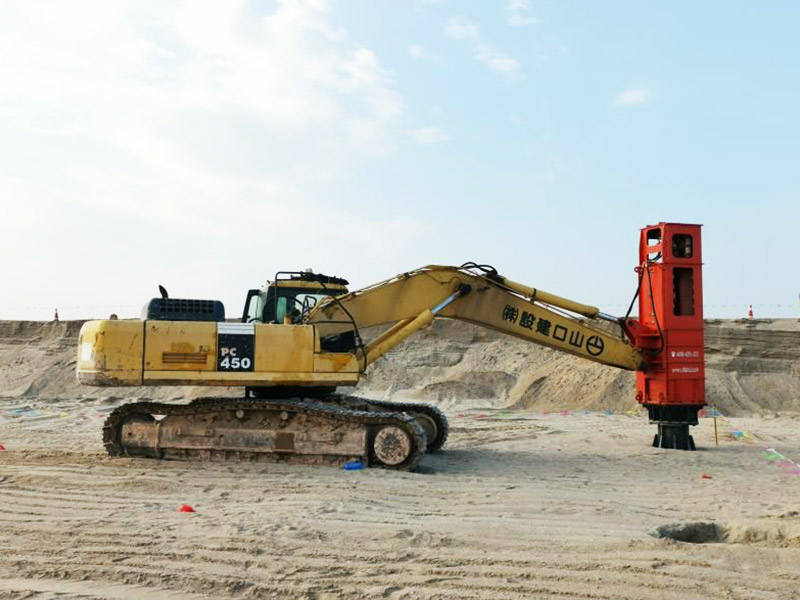
Use within 30 feet of a Building – Because Rapid Impact Compaction provides a low magnitude of impact loading at a very high frequency, the peak particle velocity remains relatively low (less than 2 inches per sec) at a distance of 30 feet from the source. This is different from Deep Dynamic Compaction which has a low frequency and a high magnitude of loading so vibrations are greater from DDC when compared to RIC.

 Current Position:
Current Position: 